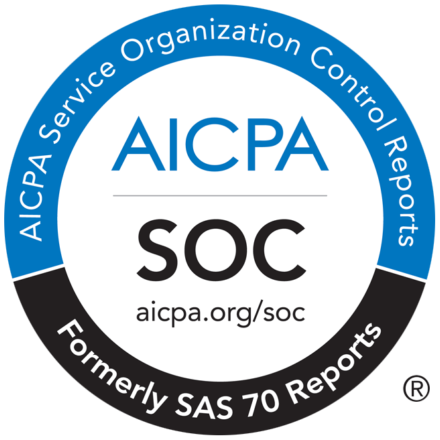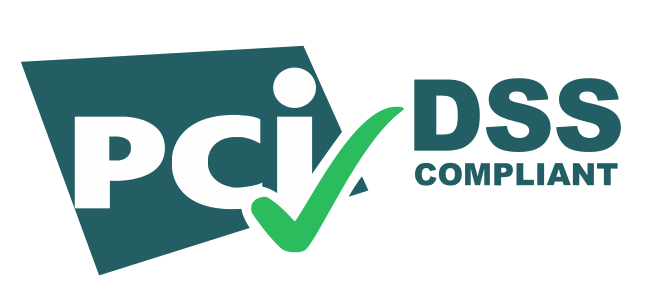Hundreds and thousands of applications are now available to make the life of people more comfortable. Each one is a little advanced and different than the other. As a software developer, the primary concern is how to detect plagiarism in your code.
With the growing popularity of Computer Science, students have gained more exposure to advanced techniques. Children from a very young age now learn the basics of coding, let alone students studying computer science. With this access, the tendency and scope of plagiarism have also increased.
Students at colleges and universities are often found using these codes to adopt unfair means of completing their tests, writing papers, completing programming assignments, or preparing presentations. Often they indulge in plagiarism unintentionally in case they lack proper guidance about the programming code.
Such practices not only weaken academic integrity but also stain the reputation of the student. In many cases, the research papers are cancelled, and the students go through face loss and degradation of grades.
What Is Code Plagiarism?
Compared to the other fields where writing papers and research is involved, coding is relatively new. Thus the rules and regulations are new to everyone. As a result, students who have very little to no knowledge about citation standards, techniques, and styles are often accused of plagiarism.
In simple terms, if one uses another’s programming code in their work without acknowledgment, it is considered code plagiarism.
In many instances, students indulge in accidental plagiarism as they do not know the rule of citation or do not have access to the right source. The best possible solution in such situations is approaching the instructor.
The ambiguity concerning definite rules and regulations often puzzle students about the sources to be used; and how to use them. Before proceeding with the project, one must familiarize them with the dos and don’ts of copyright and citation techniques to avoid plagiarism accusations.
Computer science, too, is mostly dependent on the uniqueness of software engineers’ ideas and creativity. They come up with novel ideas, and their hard work is reflected through the new edge technologies we see in terms of the variety of daily use applications.
How to Detect Plagiarism?
One can categorize plagiarism in programming languages into two parts: document plagiarism, and the other one is source code plagiarism.
Document plagiarism refers to content theft, i.e., blind copying of the content available on any page that may include images, blogs, or any written piece. On the other hand, source code plagiarism refers to the copying of the programming code.
One can identify these with manual proofreading, but the process is lengthy, time-consuming, and tedious. As the best alternative, online tools come in handy to detect plagiarism in programming languages.
- Using Comparison Tools:
Like the document comparison tools available online, various similarity checker tools enable the users to check for similarities in the programming languages. It is an effective way of handling plagiarism in programming.
- Specialized Tools:
One needs to find out the source code first to highlight plagiarism cases. A source code plagiarism detector enables one to locate the source of the duplicate content. There are specialized tools like Copyleaks that specializes in identifying the source code at the time of plagiarism detection.
- Use of Copyright:
Engineers put a lot of effort into creating codes, and they make sure that it is being used properly. The original creators often use copyright over their created content for privacy and control people’s access to programming code sources.
- Use of Open Sources:
Anti-plagiarism copyright checker software detects unauthorized usage of content, copyright infringement, copyright violation, and any other kind of misuse of the data that is copyright protected.
With the availability of the different sources online, it is difficult for the users to understand which sources are reliable and used for checking code plagiarism. Open sources are not all ideal for using as they are often protected with copyright.
However, in an academic setting, or even in a professional environment, one can use others’ works appropriately, and this provides the original creator the credit the original work deserves.
- Originality Checker:
Computer code originality checker highlights the copied programming code while comparing two or more document for identifying similarities.
Presently this facility of computer code originality checking can be done in beta testing only for the programming language Python. It compels the student to write their code instead of copying others while preparing a paper.
- Checking Plagiarism with Copyleaks:
Copyleaks has an easy answer to the question: how to detect plagiarism in code? With their dedicated source code plagiarism checker, Copyleaks can easily detect plagiarism in programming codes.
Its latest feature, known as Codeleaks, can identify content theft with the simple file method. It helps the users to point out intentional and accidental plagiarism.
Throughout the years, colleges, universities, individual bloggers, and publishers are using Copyleaks plagiarism detection tools. It supports various programming languages, including C++, JavaScript, HTML, Python, Java, etc., improving the services and preventing copy infringement and content theft.
Conclusion
With the advancement of technology, our lives have been more dependent on technology. The virtual world is gradually and steadily taking over with its endless facilities such as online shopping, bill payment, social media, etc.
There is no denying that it is very ably satiating all the needs of human beings. Nonetheless, it comes with a great deal of risk.
Coding and programming have enabled people to create different applications designed. However, all applications are not for the betterment of society. Some even misuse data, corrupt personal information, cause online fraud, and other such things.
Users must be more cautious and alert while using the digital platform to avoid such situations. Guidelines on how to use the digital platform safely help to protect the interest of people. In the same way, clear guidelines should be there if someone plagiarizes the code of another person.

